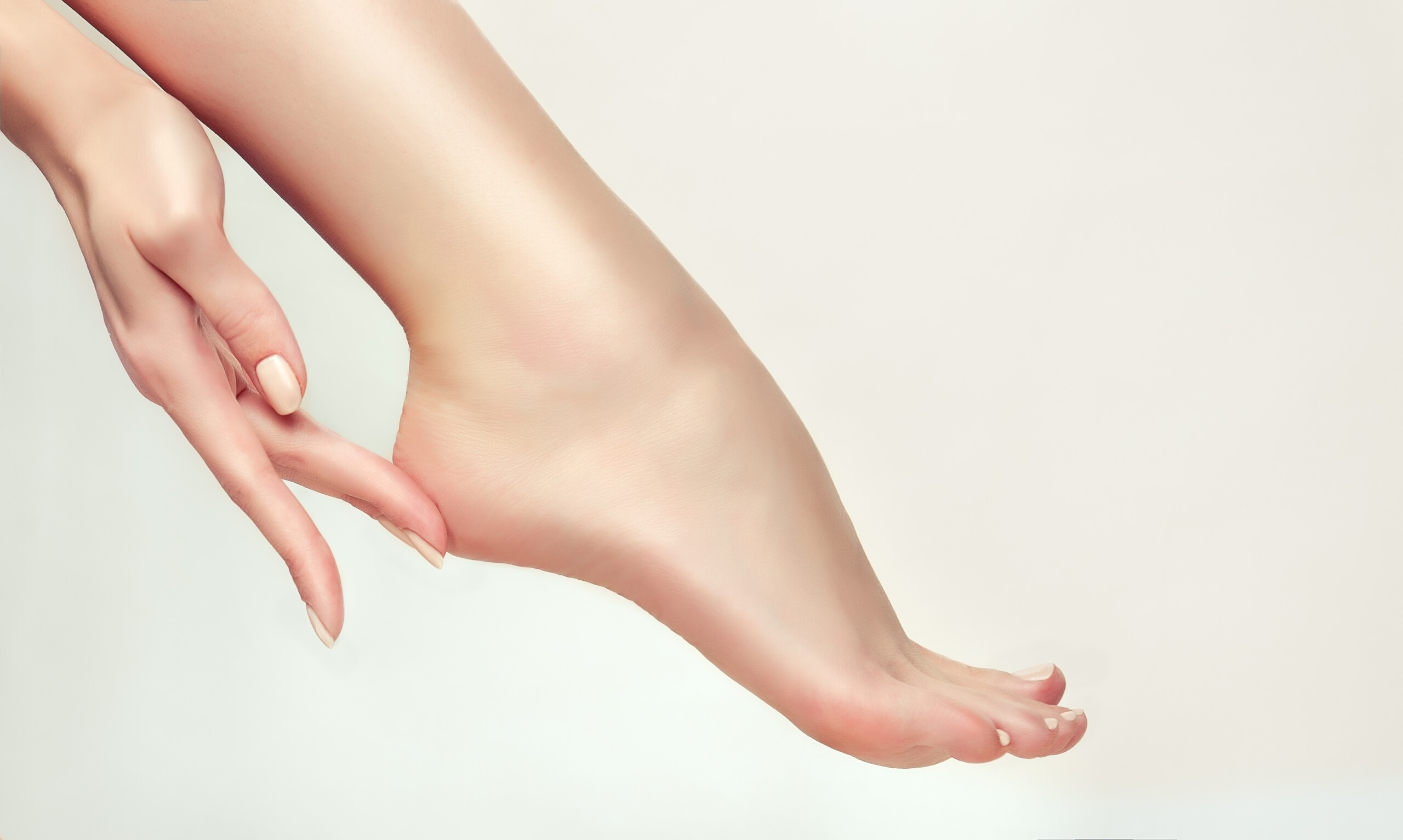Specialist Dermatology Solutions for Treatment of Hyperhydrosis of Hands: Comprehensive Overview
Specialist Dermatology Solutions for Treatment of Hyperhydrosis of Hands: Comprehensive Overview
Blog Article
Unveiling the Intricacies of Excessive Sweating: A Comprehensive Overview to Diagnosis and Administration
Too much sweating, clinically called hyperhidrosis, is a problem that impacts a considerable number of people and can have an extensive influence on their top quality of life. While sweating is a natural physical function, its overactivity in hyperhidrosis offers a distinct set of difficulties that frequently exceed simple discomfort. Recognizing the underlying causes, acknowledging the symptoms, and browsing the analysis process for hyperhidrosis can be complex tasks. In this detailed overview, we will certainly check out the complexities of hyperhidrosis, from its diagnosis to the range of therapy alternatives offered, clarifying reliable management approaches for those coming to grips with this condition.

Comprehending Hyperhidrosis Causes
Hyperhidrosis triggers can be credited to different variables such as genetics, hormonal inequalities, and specific clinical conditions. Genes play a considerable role in primary focal hyperhidrosis, where people inherit the problem from their family members. This kind of hyperhidrosis commonly shows up in specific areas like the palms, soles of the feet, underarms, and face. Hormonal inequalities, especially an over active thyroid gland or menopausal changes, can additionally trigger extreme sweating. Furthermore, specific clinical conditions such as diabetic issues, heart disease, and infections can bring about additional generalized hyperhidrosis. These underlying wellness issues can interfere with the body's natural cooling system, creating the sweat glands to become over active. Recognizing the source of hyperhidrosis is essential in diagnosing and successfully handling this problem. By identifying the specific variables adding to too much sweating, medical care carriers can customize therapy strategies to deal with the underlying cause, using relief and improving the quality of life for people impacted by hyperhidrosis.
Recognizing Hyperhidrosis Manifestations

Furthermore, hyperhidrosis signs and symptoms might materialize in social and emotional distress, as people might feel self-conscious or anxious about their sweating, causing evasion of social situations (Treatment for hyperhydrosis of hands). In addition, repeated episodes of extreme sweating can cause skin maceration, fungal infections, and an overall decrease in self-worth
Diagnostic Refine for Hyperhidrosis
Launching the analysis procedure for excessive sweating involves detailed assessment use this link of the individual's clinical history and physical evaluation. Asking about the onset, duration, and activates of sweating episodes is critical to distinguish in between key focal hyperhidrosis and second generalized hyperhidrosis. Case history should likewise consist of concerns about medicines, medical conditions, and family members history of hyperhidrosis.
Throughout the health examination, particular focus is paid to the locations impacted by sweating. The medical care company may examine the degree of sweating, check for signs of underlying problems, and assess the influence of sweating on the person's quality of life. In addition, particular examinations like the gravimetric test, starch-iodine examination, or skin conductance dimensions may be carried out to evaluate the quantity of sweat produced.
Moreover, in instances where additional hyperhidrosis is suspected, extra examinations such as blood tests, urine tests, and imaging research studies may be recommended to determine the underlying source of extreme sweating. The analysis procedure aims to precisely figure out the type and root cause of hyperhidrosis to direct proper administration methods.
Therapy Choices for Hyperhidrosis
When dealing with excessive sweating, various treatment alternatives are offered to relieve symptoms and improve the individual's quality of life. The treatment strategy for hyperhidrosis relies on the intensity of signs and symptoms and the patient's action to preliminary treatments.
Topical treatments, such as aluminum-based antiperspirants, are frequently recommended as the initial line of protection for taking care of light situations of hyperhidrosis. These items function by plugging the sweat ducts, therefore lowering the amount of sweat that reaches the skin's surface area. For individuals with more extreme symptoms, dental medicines like anticholinergics may be suggested to help decrease sweating. These drugs can have side effects and are not appropriate for everyone.

Effective Monitoring Techniques
To properly handle hyperhidrosis, a customized and thorough treatment strategy tailored to the person's particular needs and reaction to previous treatments is crucial. Iontophoresis, including the use of a low electric present to decrease sweat gland activity, can be beneficial for both palmoplantar and axillary hyperhidrosis. A multidisciplinary technique involving skin specialists, main treatment medical professionals, and, if needed, specialists, can optimize the monitoring of hyperhidrosis.
Final Thought
In conclusion, hyperhidrosis is a condition identified by too much sweating, which can greatly impact a person's top quality of life. With proper diagnosis and administration methods, people enduring from hyperhidrosis can discover relief and boost their general well-being.
Extreme sweating, medically understood as hyperhidrosis, is a condition that impacts a have a peek at this website considerable number of individuals and can have a profound impact on their quality of life. By recognizing the particular aspects contributing to excessive sweating, medical care service providers can customize therapy plans to attend to the underlying reason, using alleviation and boosting the quality of life for people affected by hyperhidrosis.
Hyperhidrosis, identified by too much sweating past what is required for controling body temperature, can considerably impact a person's quality of life. Asking concerning the beginning, period, and activates of sweating episodes is essential to set apart between primary focal hyperhidrosis and second generalized hyperhidrosis. How to stop sweaty hands.In verdict, hyperhidrosis is a condition defined by internet too much sweating, which can substantially impact an individual's quality of life
Report this page